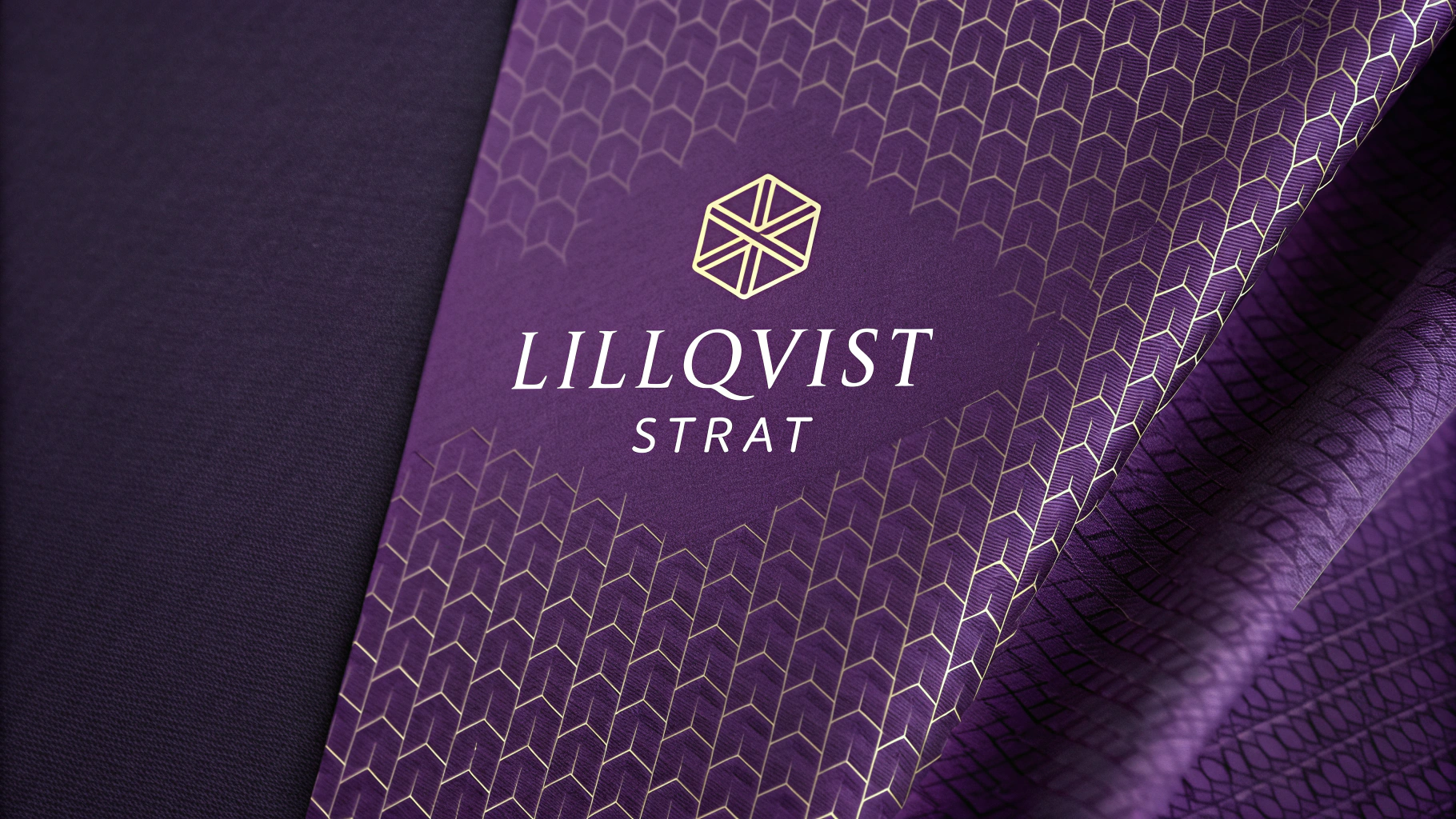Maximizing Conversions with Behavior-Based Email Campaigns
In the world of digital marketing, nurturing leads is crucial for turning prospects into loyal customers. AI-driven automated lead nurturing leverages behavior-based email automation, segmentation, and optimized touchpoints to enhance the lead conversion process.
✅ Using behavior-based email automation
✅ Segmenting leads based on engagement levels
✅ Optimizing touchpoints for higher conversions
Here’s how AI can help streamline your lead nurturing efforts and boost conversions.
1. Using Behavior-Based Email Automation
Behavior-based email automation allows you to deliver the right message at the right time based on your leads’ interactions with your brand. By leveraging AI, you can trigger personalized emails that drive engagement and conversion.
How It Works:
📊 Monitor user actions on your website (e.g., page visits, downloads, clicks).
📩 Automate email sequences triggered by specific behaviors (e.g., browsing a product page).
🔄 AI analyzes interactions and tailors email content based on user preferences, increasing engagement.
Example: Behavior-Based Email Automation in Python
import smtplib
from email.mime.text import MIMEText
def send_email(user_email, subject, content):
msg = MIMEText(content)
msg['Subject'] = subject
msg['From'] = 'your-email@example.com'
msg['To'] = user_email
with smtplib.SMTP('smtp.example.com') as server:
server.sendmail('your-email@example.com', user_email, msg.as_string())
def trigger_email_for_engagement(user_behavior):
if 'viewed_product' in user_behavior:
content = "Hey, we noticed you viewed a product. Here’s a special offer just for you!"
send_email(user_behavior['email'], "Special Offer Just for You!", content)
# Example of a user's behavior
user_behavior = {'email': 'user@example.com', 'viewed_product': True}
trigger_email_for_engagement(user_behavior)
✅ Behavior-based email automation ensures you’re reaching out to leads with highly relevant, personalized messages that resonate with their interests.
2. Segmenting Leads Based on Engagement Levels
AI can help you segment your leads according to their engagement levels, allowing you to craft tailored messages for each group. By segmenting leads into categories such as hot, warm, and cold, you can prioritize your efforts and focus on leads more likely to convert.
How It Works:
📊 Track lead activity (e.g., email opens, website visits, purchases).
📈 Segment leads into categories based on activity levels.
🔍 Send targeted messages to each segment, ensuring high relevance and better chances of conversion.
Example: Segmenting Leads Based on Engagement
def segment_lead_by_engagement(lead_activity):
if lead_activity['website_visits'] > 5 and lead_activity['email_opens'] > 3:
return 'Hot Lead'
elif lead_activity['website_visits'] > 2:
return 'Warm Lead'
else:
return 'Cold Lead'
# Example lead activity
lead_activity = {'email_opens': 4, 'website_visits': 6}
lead_segment = segment_lead_by_engagement(lead_activity)
print("Lead Segment:", lead_segment)
✅ Segmentation based on engagement helps prioritize leads, ensuring that you nurture high-value prospects first.
3. Optimizing Touchpoints for Higher Conversions
Optimizing touchpoints involves delivering the right message at the right time across various channels, whether it’s email, social media, or web. AI can identify the most effective touchpoints and timing for each lead, maximizing your chances of conversion.
How It Works:
⏰ AI tracks when leads are most likely to engage (e.g., time of day, day of the week).
💬 Automate personalized touchpoints (e.g., emails, SMS, notifications) based on lead behavior.
📈 Continuously refine the timing and frequency of touchpoints to optimize conversions.
Example: Optimizing Touchpoints with Python and AI
import random
import time
def optimize_touchpoint_timing(lead):
# AI identifies the best time for engagement based on past data
best_times = ['9:00 AM', '1:00 PM', '5:00 PM']
best_time = random.choice(best_times) # Example of AI's timing suggestion
return best_time
# Example lead
lead = {'email': 'user@example.com'}
best_time = optimize_touchpoint_timing(lead)
print(f"Optimal Engagement Time: {best_time}")
✅ Optimizing touchpoints ensures that leads are contacted at their most receptive moments, improving the likelihood of conversion.
Conclusion: AI-Driven Automated Lead Nurturing
🚀 AI-driven automated lead nurturing helps businesses engage with leads more effectively and efficiently.
📧 Behavior-based email automation delivers highly personalized messages, while segmentation ensures that leads receive the right content.
⏰ Optimized touchpoints ensure you engage with leads at the perfect time, boosting conversions and improving overall campaign performance.
💡 By automating lead nurturing with AI, businesses can focus on delivering value to the right people at the right time, maximizing ROI, and driving long-term success.

Lillqvist Strat consults on business developement, software projects, automation, SOPs, analytical tools and more.
Contact me today to get started on our journey to higher profits, more revenue and happier employees!
Go to Contact now


